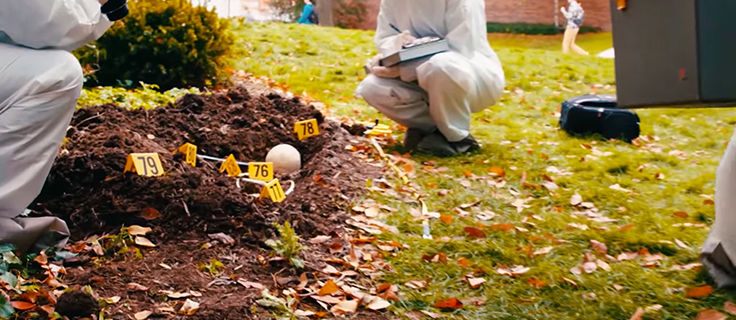Forensic Genomics
Focused Forensic Power
More conclusive results in forensic testing are now a practical reality thanks to advances in genomics. Illumina next-generation sequencing (NGS) technology and informatics deliver far more insight from forensic DNA than traditional PCR and capillary electrophoresis (CE) methods, with a much higher resolution than ever before possible. You’ll find the answers you need efficiently with a greater degree of certainty, with the focused power of NGS-based forensic genomics approaches.
Benefits of NGS for Forensic Labs
NGS allows examiners to generate data that span the human genome and address a wider range of questions in a single, targeted assay. Moreover, NGS-generated short tandem repeat (STR) calls are fully compatible with current database formats. NGS can also target single nucleotide polymorphism (SNP) marker sets not routinely available with traditional CE-based methods, and assess forensic mitochondrial DNA (mtDNA). Studies provide a promising view of the advantages NGS brings to analysis of even the smallest, most compromised, and highly mixed evidentiary samples.
Overview: NGS and Forensic Genomics
Find out more about how NGS works. Learn about the advantages of NGS over PCR and CE technologies for forensic analysis applications.
Illumina Forensic Technology Now Available from Verogen
Illumina and Telegraph Hill Partners launched Verogen, Inc. to drive adoption of NGS in the global forensic genomics market. The independent new company has certain exclusive rights to provide Illumina forensic sequencing technology to forensic customers. Verogen is now the sole provider of the MiSeq FGx Forensic Genomics System and associated products, and has global commercial rights to these products.
Read Press Release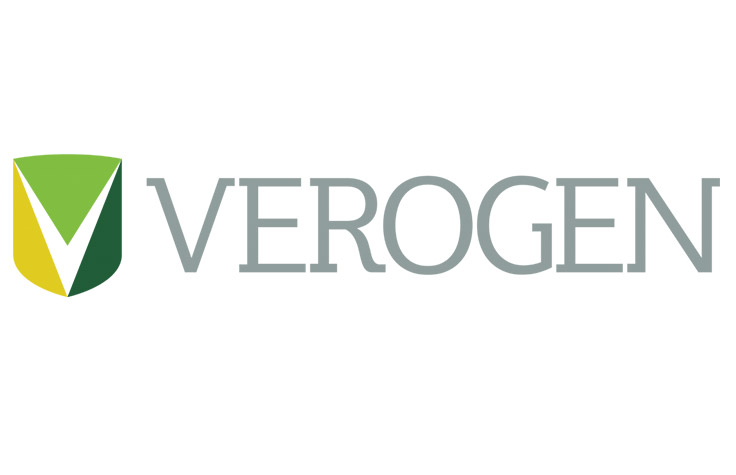
Explore Forensic Genomics Applications on Verogen.com
Criminal Casework
Targeted sequencing of forensically relevant STR and SNP loci empowers generation of leads, even on cold cases. With NGS, crime laboratories can address hundreds of markers in a single test. This lets labs develop a more thorough, detailed profile from degraded, mixed, and limited DNA samples.
Learn More at VerogenForensic DNA Databases
Millions of DNA profiles are curated in national DNA databases. NGS can help labs produce high-quality forensic DNA profiles more efficiently. Because this technology analyzes multiple marker sets simultaneously, rather than sequentially, there is a faster turnaround than for older methods such as CE and PCR.
Learn More at VerogenDisaster Victim Identification
The goal of genetic analysis of evidence from a mass fatality is to extract as much information as possible from highly compromised samples. NGS sets no relevant limit on the number of loci you can analyze in one test. Achieve high resolution and exceptional accuracy from extremely low quantities of DNA.
Learn More at VerogenMissing Person Identification
NGS offers a massively parallel approach for sequencing forensic PCR amplicons, both nuclear and mitochondrial. This technology enables scientists to utilize a single platform and optimal workflow to overcome the widest range of difficult samples often encountered in missing persons cases.
Learn More at VerogenForensic SNP and STR Sequencing
Targeted NGS relieves many of the limitations of forensic genotyping based on fragment length detection. Unlike CE typing, NGS does not require multiple forensic STR analysis kits. NGS enables SNP and STR analysis for large numbers of globally relevant STR markers and dense SNP sets in a single forensic DNA test.
Learn More at VerogenForensic mtDNA Analysis
Because mtDNA is found in higher copy number per cell than nuclear DNA, it can survive environments where nuclear DNA does not, and can be a powerful tool for human identification. NGS provides deep coverage to extract genetic data from small forensic mtDNA samples found in less than ideal condition.
Learn More at VerogenSolving More Cold Cases with NGS
Othram, Inc. uses next-generation sequencing with the NovaSeq System to help convert more cases from cold to solved. Recent successes include a 44-year-old murder case that was solved in a matter of weeks.
Read Article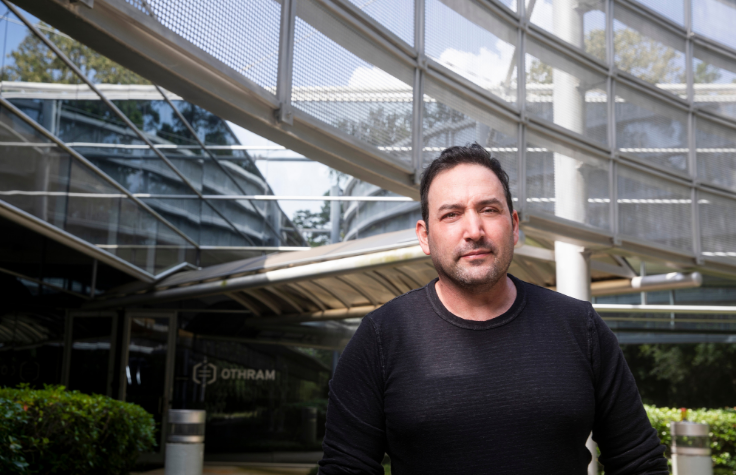
Developmental Validation of NGS for Forensic Genomics
View the data validating targeted NGS for forensic DNA casework and database labs. See how the technology meets quality assurance guidelines with reliable, reproducible performance on samples of various quantities and qualities.
Read Publication
Additional Resources
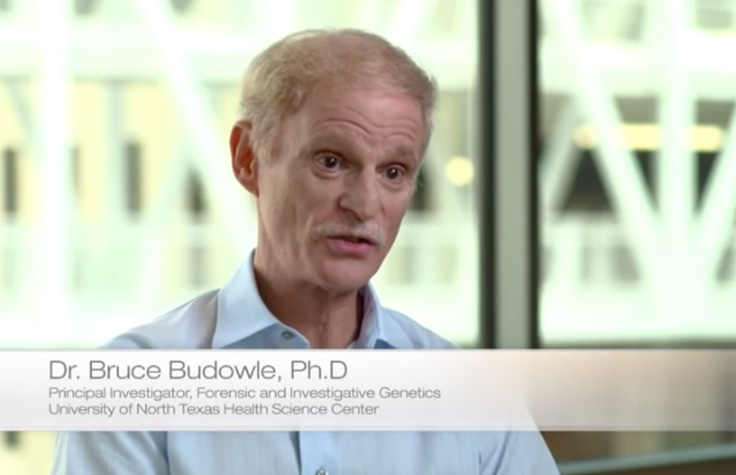
Forensic Genomics Videos Part 1 and 2
Hear from Dr. Bruce Budowle about the future of forensic genomics in this 2 Part Video Series. View Video Part 1

Developmental Validation of NGS
Learn about the advantages of targeted NGS and view the data validating the MiSeq FGx System in this Forensic Magazine article.

Take a Genomic Leap Forward in Forensic Science
The MiSeq FGx System is the first fully validated NGS solution designed exclusively for forensic science.

Future of Forensic Genomics
Researchers use NGS to obtain more information-rich data and answer more complex forensic questions.
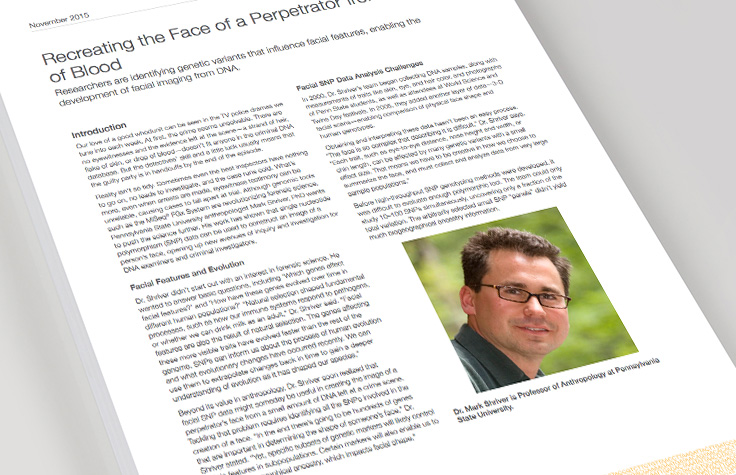
Recreating a Face Based on DNA
Researchers identify genetic variants that influence facial features to enable facial imaging from DNA.

Harnessing NGS to Solve Crimes
Criminalists use MiSeq FGx for high-resolution DNA profiling to build better forensic DNA databases.
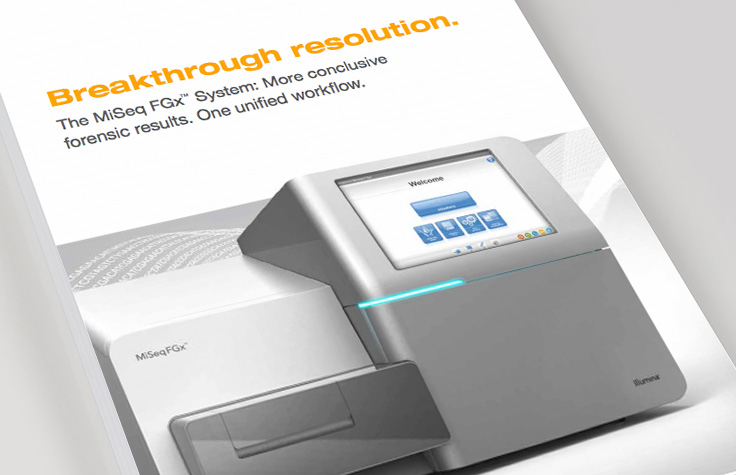
MiSeq FGx Forensic Genomics System Brochure
Achieve more conclusive forensic results with one unified workflow.
